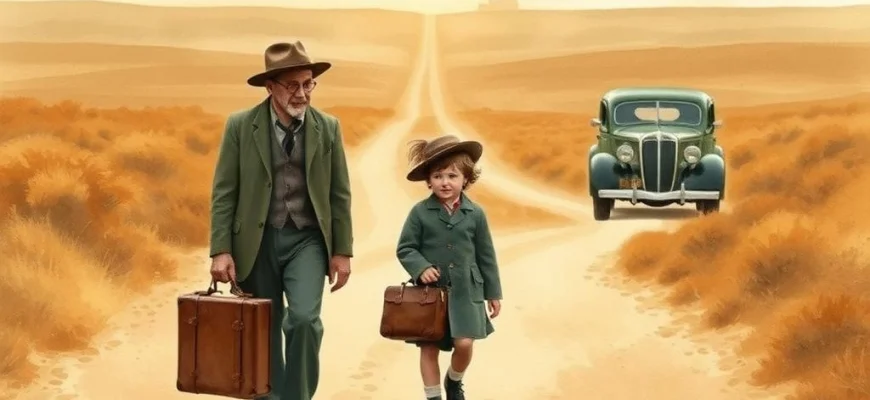If you loved the charming and bittersweet journey of 'Paper Moon' (1973), you're in for a treat! This article explores 10 similar movies and shows that capture the same nostalgic, heartwarming, and slightly mischievous spirit. Whether you're drawn to the Great Depression-era setting, the dynamic duo of a con artist and a precocious child, or the blend of humor and drama, these picks will keep you entertained.
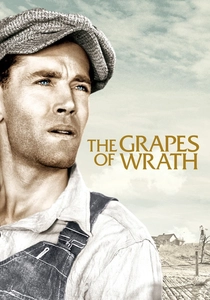
The Grapes of Wrath (1940)
Description: A stark portrayal of Dust Bowl migrants, capturing the struggles of the working class during the Great Depression.
Fact: John Ford won his third Best Director Oscar for this film. Many actual Dust Bowl migrants were cast as extras.
 Watch Now
Watch Now 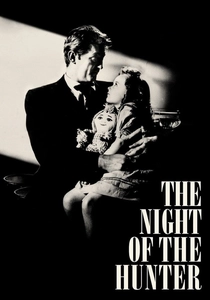
The Night of the Hunter (1955)
Description: A Southern Gothic thriller with expressionistic visuals, featuring a charismatic but sinister preacher as the antagonist.
Fact: This was Charles Laughton's only film as director. The iconic 'love/hate' knuckle tattoos were Robert Mitchum's idea.
 Watch Now
Watch Now 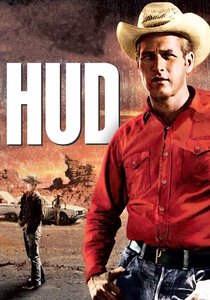
Hud (1963)
Description: A character study of a morally ambiguous antihero, set against the backdrop of a struggling Texas ranch.
Fact: The black-and-white cinematography was praised for its stark realism. Patricia Neal's performance won her an Academy Award.
 Watch Now
Watch Now 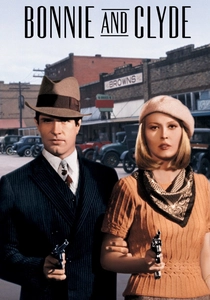
Bonnie and Clyde (1967)
Description: A crime drama set during the Great Depression, featuring a charismatic duo on the run, blending humor and tragedy in a road movie format.
Fact: The film was controversial for its graphic violence, which was groundbreaking at the time. It marked a turning point in Hollywood's approach to depicting violence.
 Watch Now
Watch Now 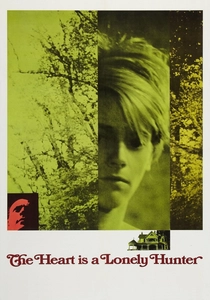
The Heart Is a Lonely Hunter (1968)
Description: A poignant drama about lonely individuals in a small Southern town, exploring themes of isolation and connection.
Fact: Alan Arkin received his first Oscar nomination for his role as a deaf-mute. The film was adapted from Carson McCullers' novel.
 Watch Now
Watch Now 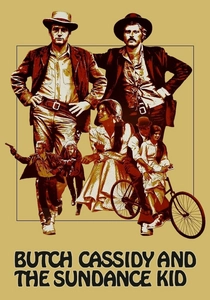
Butch Cassidy and the Sundance Kid (1969)
Description: A Western buddy film with a lighthearted tone, following outlaws on the run, blending adventure and melancholy.
Fact: The movie popularized the use of sepia-toned flashbacks. The famous cliff-jumping scene was filmed in Mexico, not the U.S.
 Watch Now
Watch Now 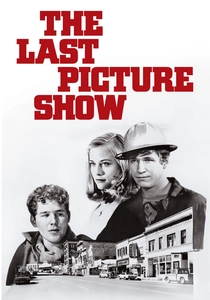
The Last Picture Show (1971)
Description: A coming-of-age story set in a dying Texas town, capturing small-town life with nostalgic black-and-white cinematography.
Fact: The film was shot in the actual Texas town where the novel's author grew up. It won two Oscars for supporting performances.
 Watch Now
Watch Now 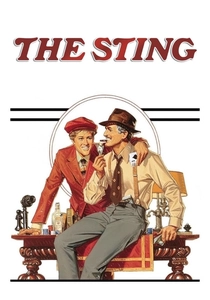
The Sting (1973)
Description: A period piece set in the 1930s, focusing on con artists and their elaborate schemes, with a mix of humor and nostalgia.
Fact: The film's iconic ragtime soundtrack, composed by Marvin Hamlisch, revived interest in Scott Joplin's music. It won seven Academy Awards, including Best Picture.
 Watch Now
Watch Now 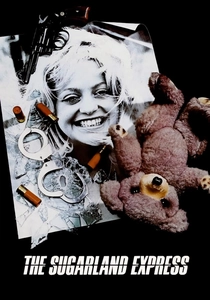
The Sugarland Express (1974)
Description: A road movie about a desperate couple on the run, mixing chase sequences with character-driven drama.
Fact: This was Steven Spielberg's first theatrical feature film. The story was inspired by real events from
 Watch Now
Watch Now 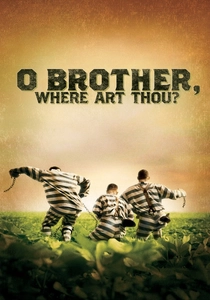
O Brother, Where Art Thou? (2000)
Description: A Depression-era road movie with folk music and quirky characters, blending humor with social commentary.
Fact: The soundtrack became a surprise hit, winning Album of the Year at the Grammys. The film is loosely based on Homer's Odyssey.
 Watch Now
Watch Now 
